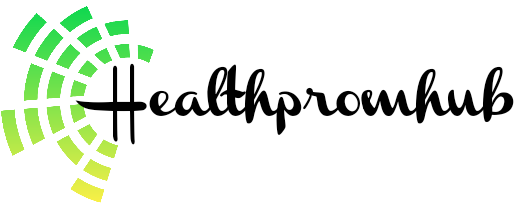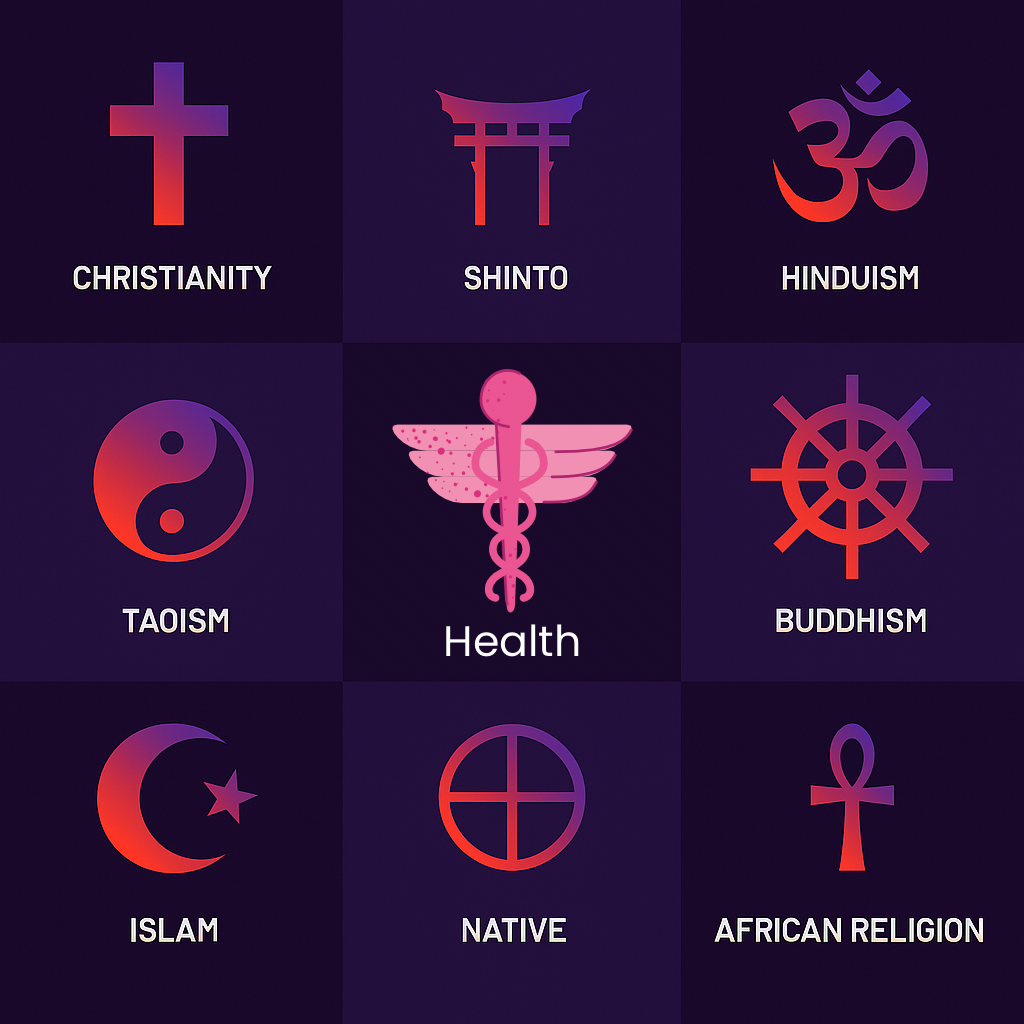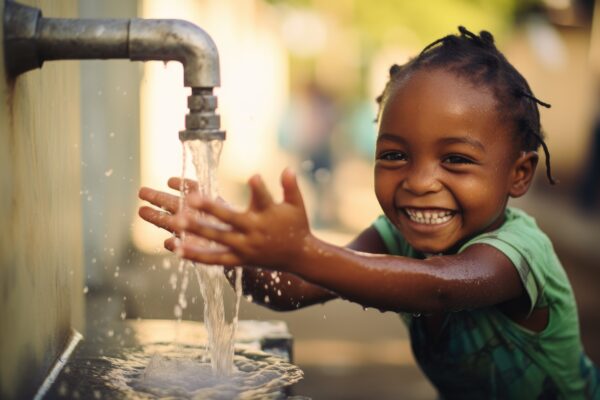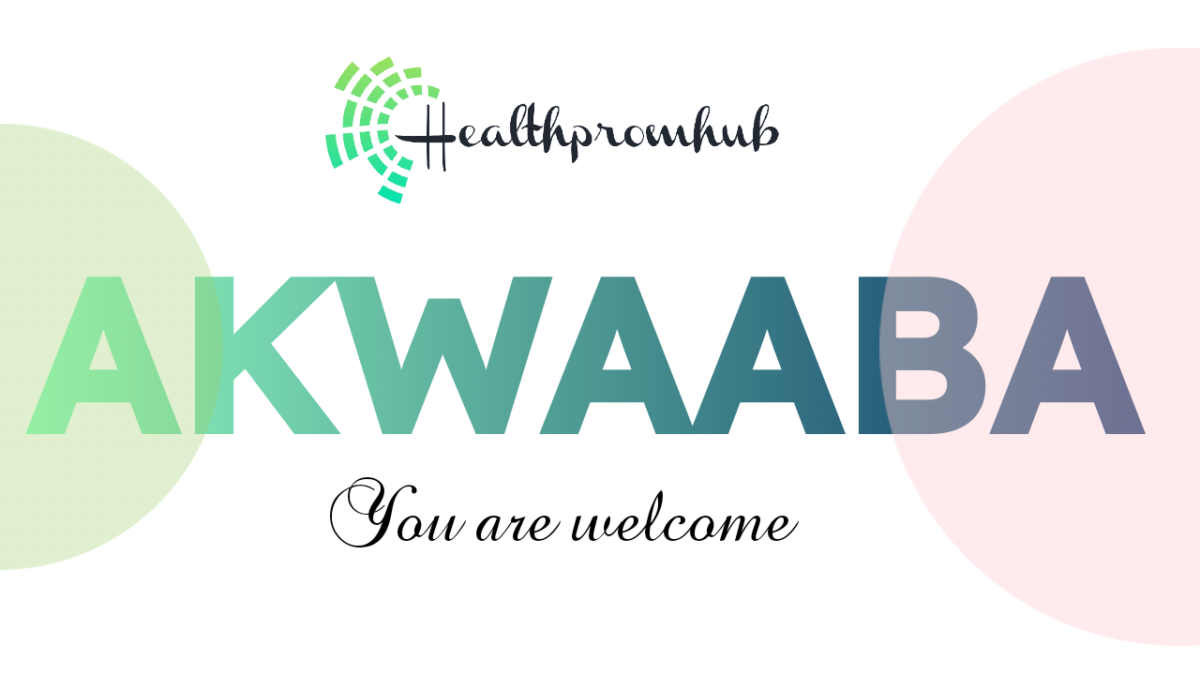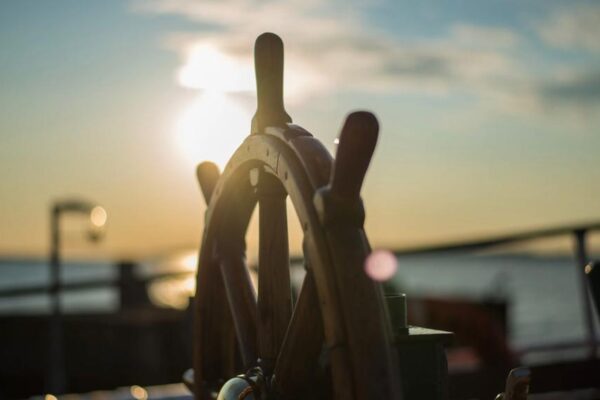
Ironies all around
Life is full of ironies. They are all around us. Sometimes, they are thought-provoking. Sometimes, unbelievable. My job affords me the opportunity to travel to several underserved communities across Ghana. As someone who is passionate about the “safe water for all agenda”, I am intentional about observing how people access safe water from community to community. One thing I have learnt over the years is this: the water sector is flooded with ironies. How? Let us delve right in and explore what I mean.
The Volta Region of Ghana is drained by the chief river system in the country – the Volta River. The beauty of this river has never diminished in my eyes despite my countless trips across the Adomi and Sogakope bridges (bridges on the Volta River). Dotted along this river are several communities. In fact, the names of some districts within the Volta Region imply their intimacy with the Volta River. Examples are the North Tongu, Central Tongu Districts and South Tongu Municipality. Tongu literally means riverside.

Some dimensions of water-related ironies
One ‘easy to make’ assumption upon learning these facts is the assumption that water insecurity is absent in communities dotted along the Volta River. Obviously, this assumption will be premised on this thought: it should be easy to create local water systems that treat and provide easy access to affordable and safe water. A system that removes financial and geographical barriers to access, at least for communities close to the river. But, a walk through some of these communities is all it takes to prove that these assumptions are nothing short of mirages.
There is yet another dimension of water related ironies I have witnessed. It has to do with communities that are blessed with reserves of underground water, yet suffer water insecurity. Some of these communities have never had onsite access to safe water and resort to unsafe water sources such as unprotected wells, unprotected springs and surface water. Others have onsite boreholes that have been abandoned because the water they yield is not potable. Again, others have boreholes that no longer yield water or need fixing. Essentially, all these communities suffer water insecurity.
Case
On my first visit to a project community, I was ‘greeted’ by an abandoned borehole that had gone rusty. I was curious and learnt upon inquiry that there was enough water underground, but the borehole had been abandoned because the water it yielded was extremely salty, hence could not be used for drinking, cooking, bathing and other purposes. Later, I found out that this was just one out of multiple boreholes drilled for communities within that municipality that had been reduced to ‘white elephants’. Some wells dug by the communities were no longer in use because they either dried up or produced salty water.
High salt content requires treatment by reverse osmosis. This relatively involves a huge initial capital. Cost of maintenance is also high. Hence, the average underserved community in Ghana will struggle to keep up with these costs. This renders this form of treatment unsustainable, unless taken up by government or other institutions that have the financial muscles to install and support with maintaining the system.
Icons of irony
Now, on your way to these water insecure communities, especially in the early hours of the morning and evening, you are likely to see women and children trekking with heavy jars of water seated on their heads. Sadly, sometimes the jars contain untreated water (from wells, streams etc.) and people have to sometimes take round trips exceeding thirty minutes to access unsafe water.
Imagine school children living within districts drained by the Volta River trekking long distances during school hours to collect unclean water for use at school. What else could we call this but an irony. Sometimes, community members go days without taking a bath. Lateness to school and absenteeism due to long treks in search of water is common.

Based on these experiences, the theme for the World Water Day 2022, “Groundwater: Making the Invisible Visible”, resonated with me deeply. These scenes and lived experiences are not just indicative of water insecurity. They are icons of irony. Why should people surrounded by so much water have this narrative? Why should this be their reality?
Big Questions
This begs the questions: what will it take to tap the full potentials of this precious invisible resource and make it more useful (drinkable and usable) to the people living in these communities? What will it take to tap freshwater sources to provide potable water for communities? This is not beyond the achievement of any government if there is a will. In fact, it is primarily their responsibility to ensure safely managed water services for all communities.
Positive Irony
In my article titled, “Not this water! Humans deserve better” I emphasized that every human being deserves unlimited access to clean water.
Governments must prioritize basic needs and rights of citizens, including access to clean water. They must go the full length to halt these unpleasant ironies. There are absolutely no excuses. The United Arab Emirates and other nations in desert regions have braved the odds to ensure citizens have clean water in the desert land. Most if not all citizens enjoy at least basic services to clean water. This is a case of positive irony. In fact, it renders the cases of irony earlier described even more pathetic.
We must arise and say NO! to these ironies. The time to act is now! SPEAK UP!
